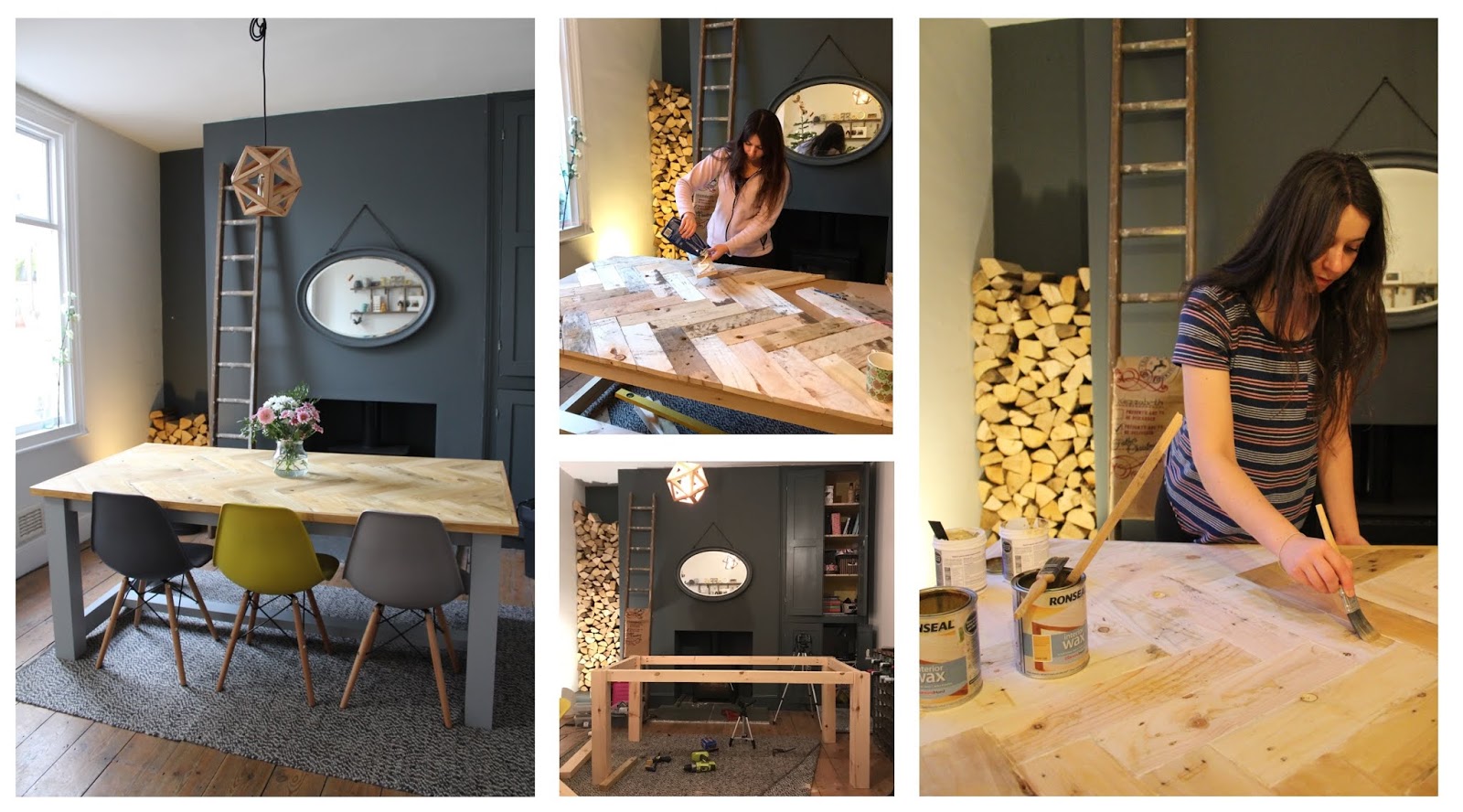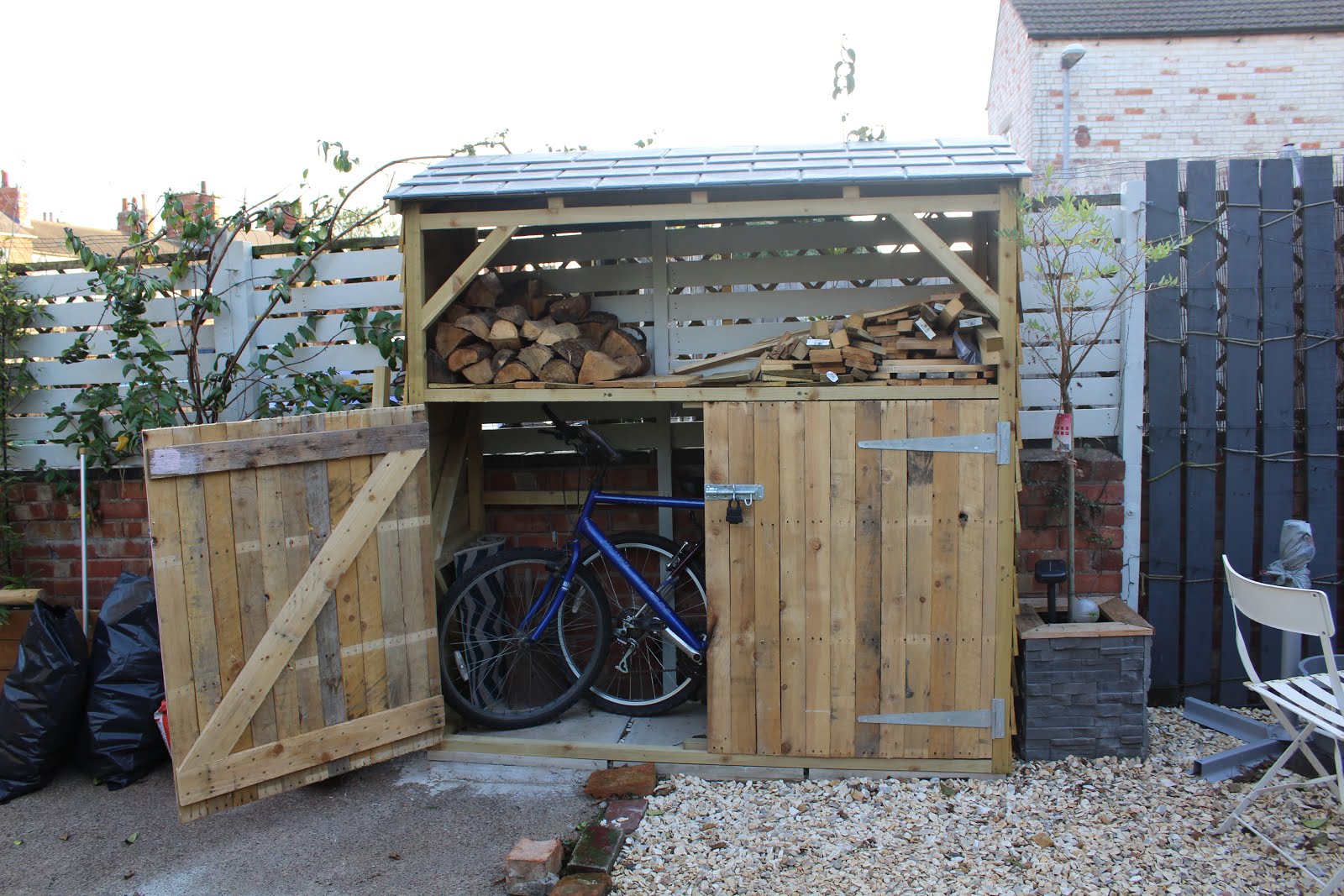Sawdust Briquettes
But of course, the main attraction of these briquettes are their seriously high temperatures. And believe me, they do not disappoint! It was literally the hottest our stove has ever been (we could barely stand near it!) and the speed to which these briquettes produced that heat was quite shocking. Traditional wood logs heat up over quite a longish time and I’m forever sat watching and waiting for that warmth to arrive, but these briquettes put all that to shame with significant heat within several minutes. They claimed to have a high heat output with fast heat-up times and they really really do! These would be perfect for frosty mornings.
Their cylindrical and slightly unnatural appearance was something I worried would look a little odd inside the burner, but once burning they absolutely do not. In fact, they produce a very steady blue flame whilst alight and are actually quite mesmerising to watch. They almost sparkle in appearance as the sawdust glows and they have their own unique charm which I really liked.
One other thing I really liked about these briquettes was that they also produce very little ash. This means there’s far less build-up (nothing like traditional logs!) and the stove needs less emptying and cleaning. They also burn right through leaving nothing un-burnt which makes them very efficient too. Oh, and they’re brilliantly clean to burn as well, we had absolutely no build up on the glass whatsoever!
You can see how they look in the photos below and some of the weird shapes they expand into as well (they’re actually rather fun to watch)…
Advantages:
- Burns at a much higher temperature
- Fast heat up
- Easier to light than traditional logs (doesn’t require lots of kindling)
- Burns completely through leaving nothing un-burnt
- Creates a lot less ash means less emptying stove & cleaning
- Ash can be used as fertilizer in the garden
- Clean-burning, did not blacken the glass in any way at all!
- Consistent briquette sizes means you know exactly what you’re getting.
Disadvantages:
- Briquettes expand during burning and can burn over the edge of grate and fall out if not careful.
- Can’t be stored outside as these must stay dry
- Not as visually charming to store on show
Bark Briquettes
Advantages
- Burns for up to 8 hours
- Great for easy overnight burn
- Burns completely through
- Ash can be used as fertilizer in garden
- Less briquettes to store as you will use less as they last longer.
- Aromatic Smell (Love or hate?)
- Consistent briquettes sizes means you know exactly what you’re getting.
- Cubed means they’re very easy to stack.
Disadvantages
- Needs to be placed on an already lit fire – can’t be used to start a fire, so these are just a supplement.
- Must be used with a stove with good air intake controls
- Not as visually charming to store
Natural Firelighters
One last thing I tested out (not a heat log!) was some natural fire-lighters. I’ve never used any fire lighters before, we’ve always made our fire from newspaper and kindling, so I was definitely intrigued to see how easy these would be to use. These are essentially made from wood shavings and have a burn time for up to 12 minutes which should be plenty of time to get your fire going!
*Products were provided for the purpose of this review. I only review products I genuinely believe are of interest to my readers, however this blog would like no affiliation with the company who provided the logs and all links have subsequently been removed.











No Comments